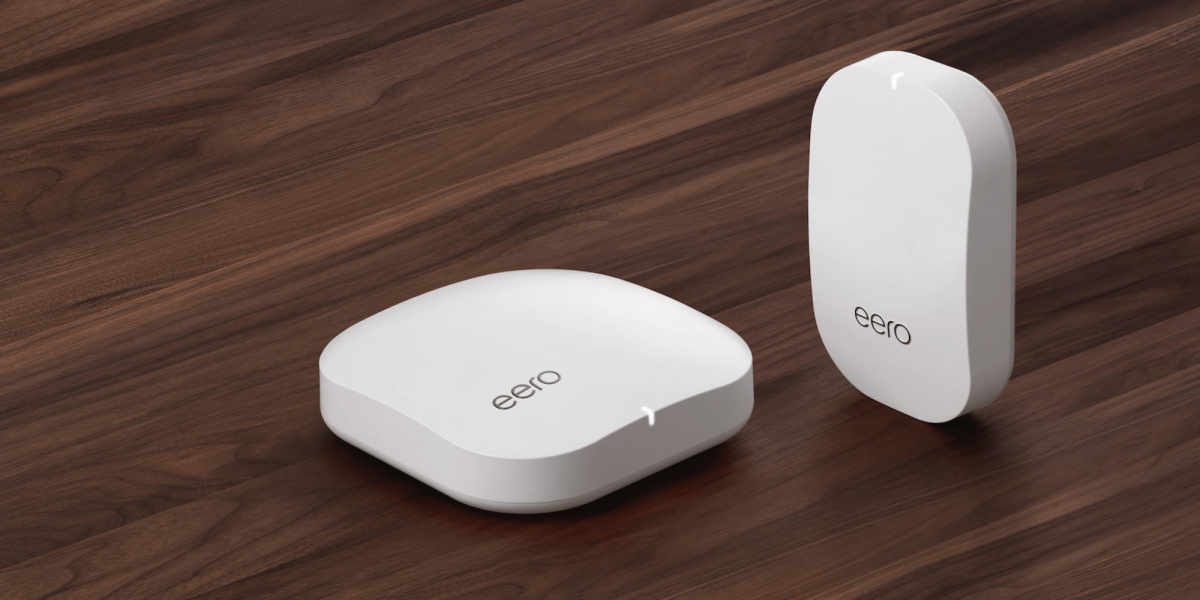Affiliate links on Android Authority may earn us a commission. Learn more.
What is a mesh network? Here's what you need to know
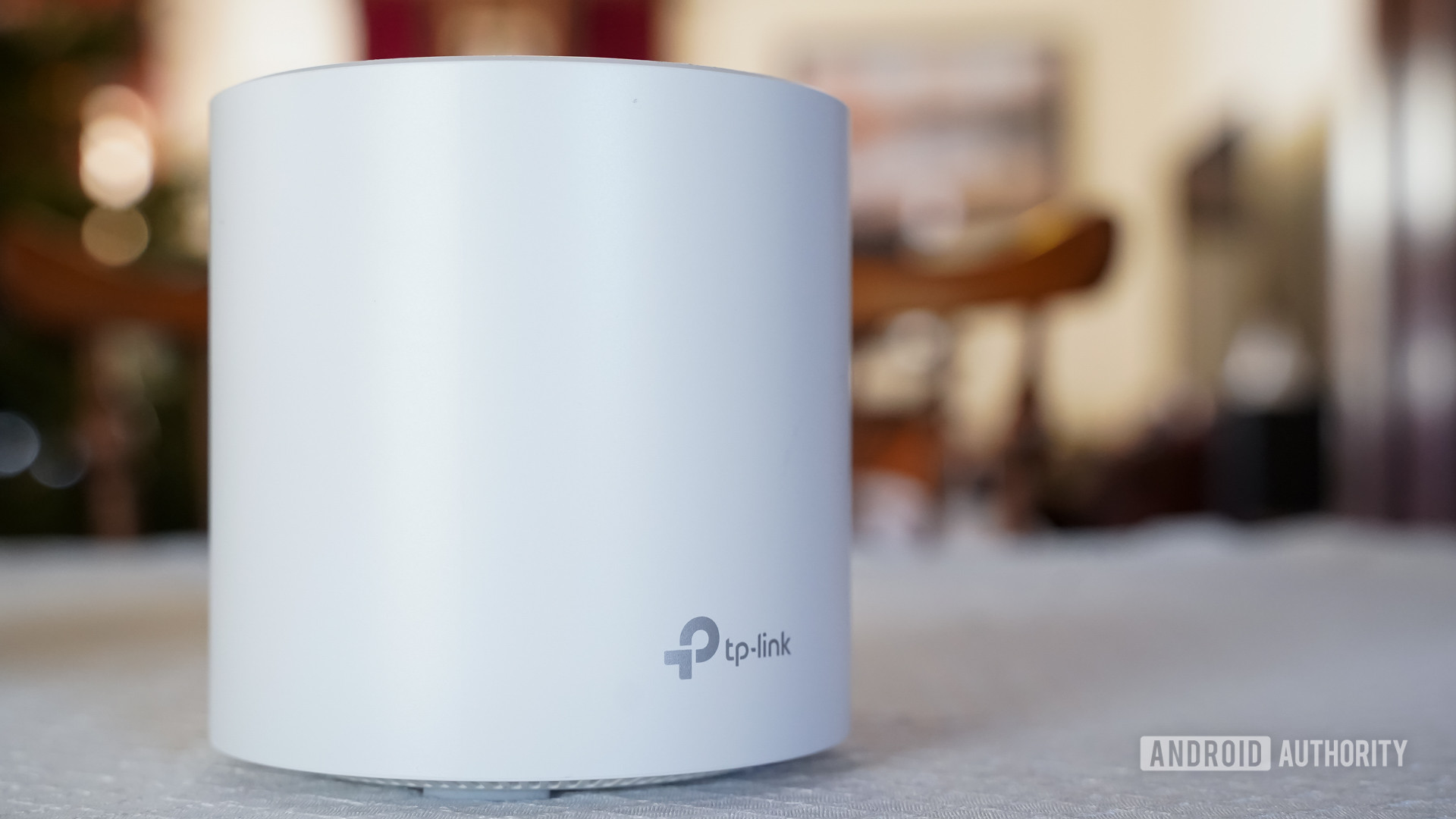
Home Wi-Fi used to be so simple. You could plug in a router and connect all of your devices. Now we have fancy gaming routers, gigabit speeds, and more options than you can count. One of the easiest modern ways to connect your entire house and your smart devices is with a mesh network. If you’re not familiar, we’re here to explain just what exactly a mesh network is and how to set one up.
We’ll do our best to give you an idea of what mesh networks are and how they work. They have their benefits and drawbacks, so this page gives you a complete picture.
What is a mesh network?
In the simplest terms, a mesh network is a group of devices that functions as a single Wi-Fi network throughout your house. Sure, you could set up multiple traditional routers through your home, but you’d probably need a separate network for each one. However, each point in your new network broadcasts its own signal as part of the larger internet blanket.
With a mesh network, you’re essentially removing the need for a central router and providing better coverage throughout your home. The more mesh points you add to your new network, the fewer Wi-Fi dead spots you’ll run into in your home. All you have to do is ensure that each of your points is within range of another so that they can relay the internet back and forth.
What are the benefits?
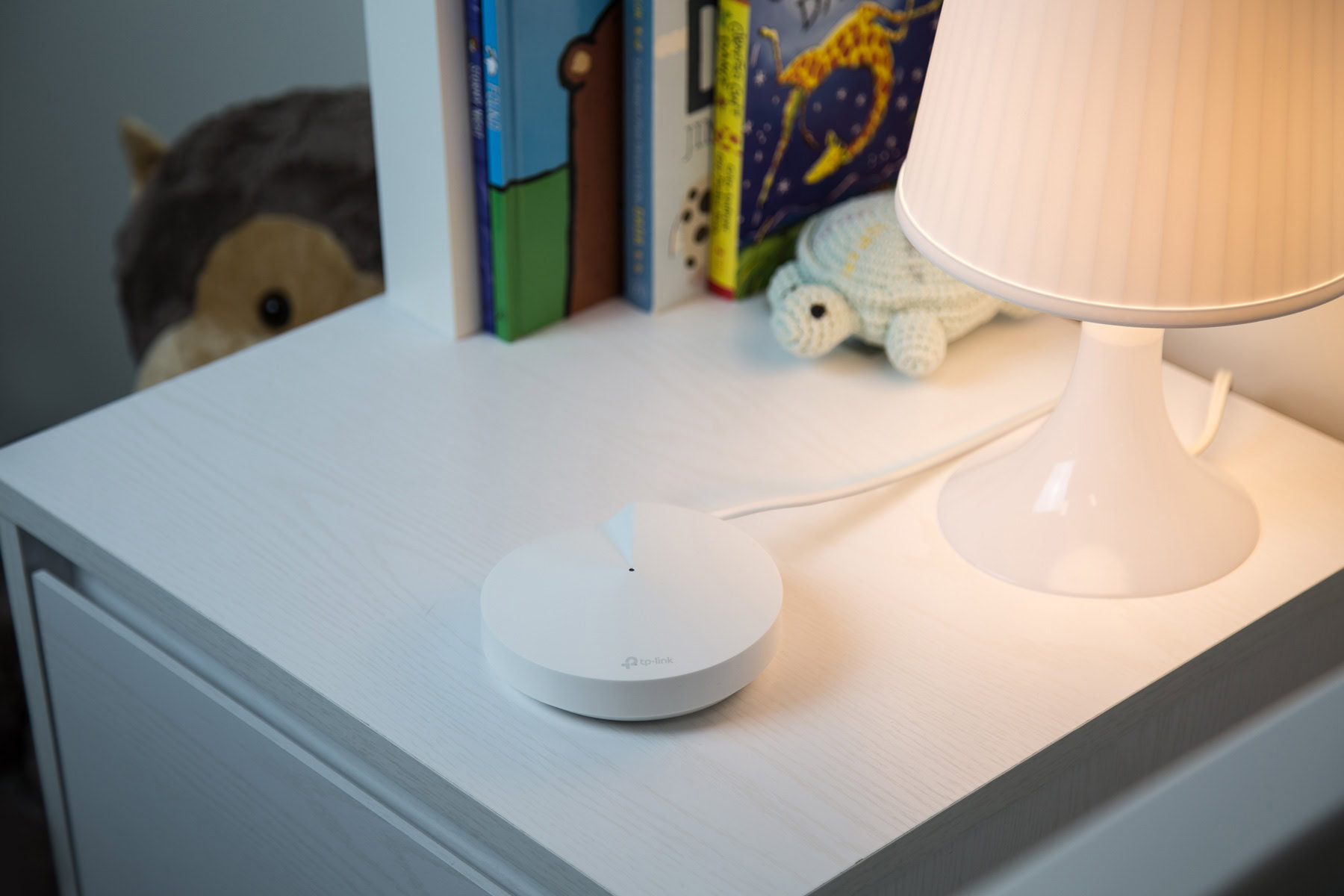
There are plenty of positives to adding a mesh network to your home. After all, they wouldn’t be so popular if they didn’t have their benefits. Here are just a few of the best reasons to consider a mesh network for your home:
- Flexible signal — The fact that every point in your network produces its own signal means that you can stay online even if a point goes down. If you have to repair or replace part of your network, the rest of it should stay online for your continued use. You can also add extra points for even more powerful coverage.
- Direct paths — Unlike a traditional router and extender setup, mesh networks send their signal in all directions. This means that you should always be able to get the fastest signal in your home. It almost works like shipping a package — the more options it has, the faster it should get to you.
- Convenient controls — Google and Amazon are both key players in the home Wi-Fi game, and they offer some beneficial features. Both the Nest system and Eero network offer companion apps that allow you to manage devices, set downtime, and more.
Are there any drawbacks?
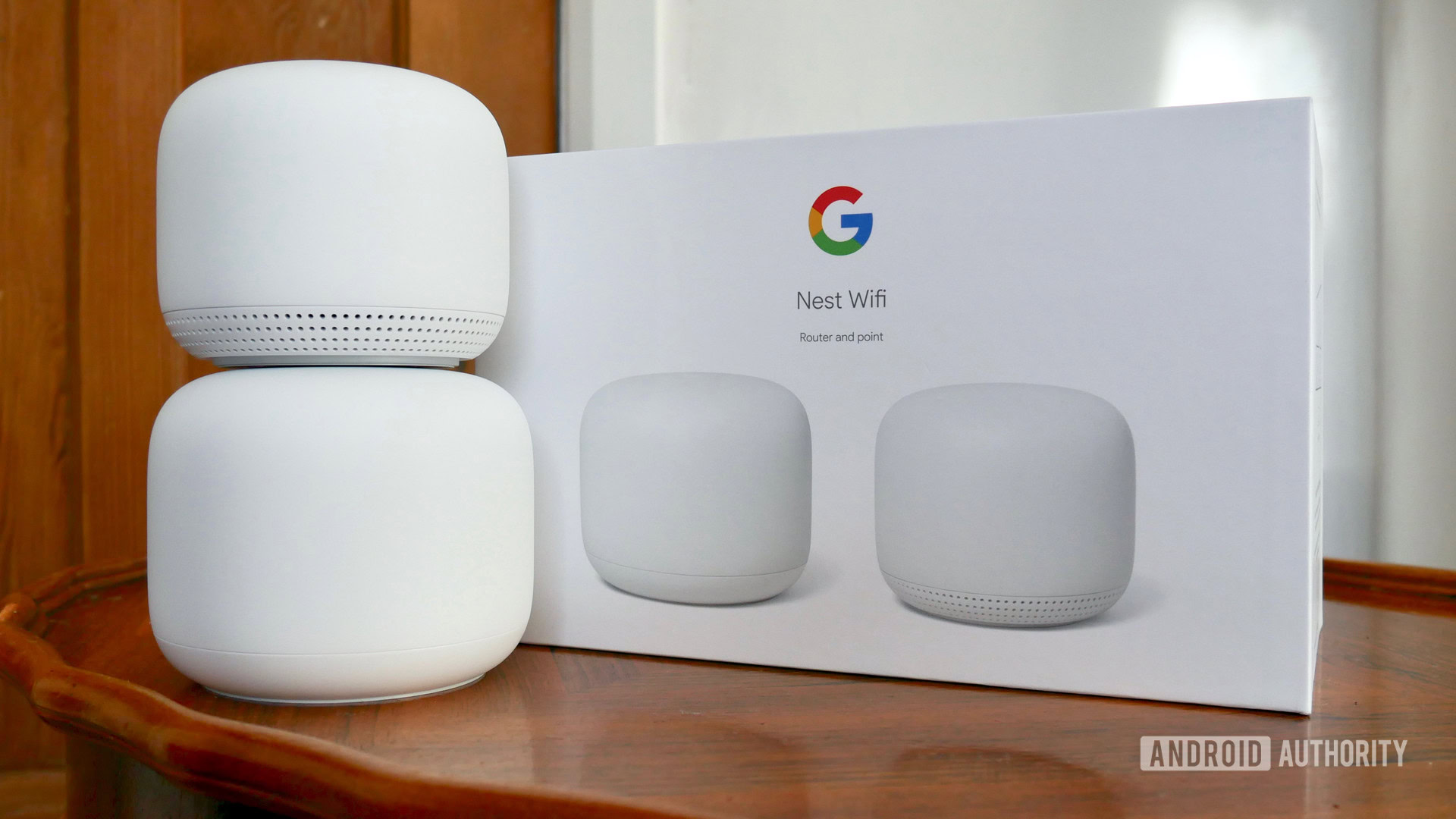
Of course, mesh networks aren’t perfect. There are a few reasons for you to stick with your current setup, or at least wait a while to upgrade. Think about a few of these drawbacks before you get shopping:
- Expensive — Because each point in a mesh network produces its own signal, it often includes more expensive components. You can easily spend $200 to get off the ground, plus another $100 to $200 for each additional network point. On the other hand, plenty of traditional routers cost less than $50.
- Require multiple outlets — Multiple access points mean that you’ll need to plug each one into its own outlet. It’s not a big deal on its own, but think about how many other lamps, smart speakers, and devices you plug into your house at any given time. You may need to invest in a few power surge protectors to make up space.
- Range trumps speed — Mesh networks place a blanket of widespread connectivity over all else. You may be able to connect more devices over a wider range, but you may lose some of the top-end speed. Further, most people don’t have to worry about covering 3,000 or more square feet, so you may find yourself with more coverage than you need.
Can I get even more information?
Of course you can. In fact, our own Gary Sims has an extensive explanation of mesh networking and everything involved in it over on his YouTube channel, Gary Explains. He digs further into the topics we’ve covered here and even reviews the MikroTik Audience, a tri-band mesh network access point. Give Gary’s video a watch down below before you jump into a few of our favorite mesh network systems:
What are your options for mesh networks?
If you’ve decided that a mesh network is indeed right for you, it’s time to start shopping. We’ve already mentioned the Google Nest and Amazon Eero systems, but there are plenty more to consider. Here are just a few of our favorites:
Amazon Eero 6 Pro mesh system
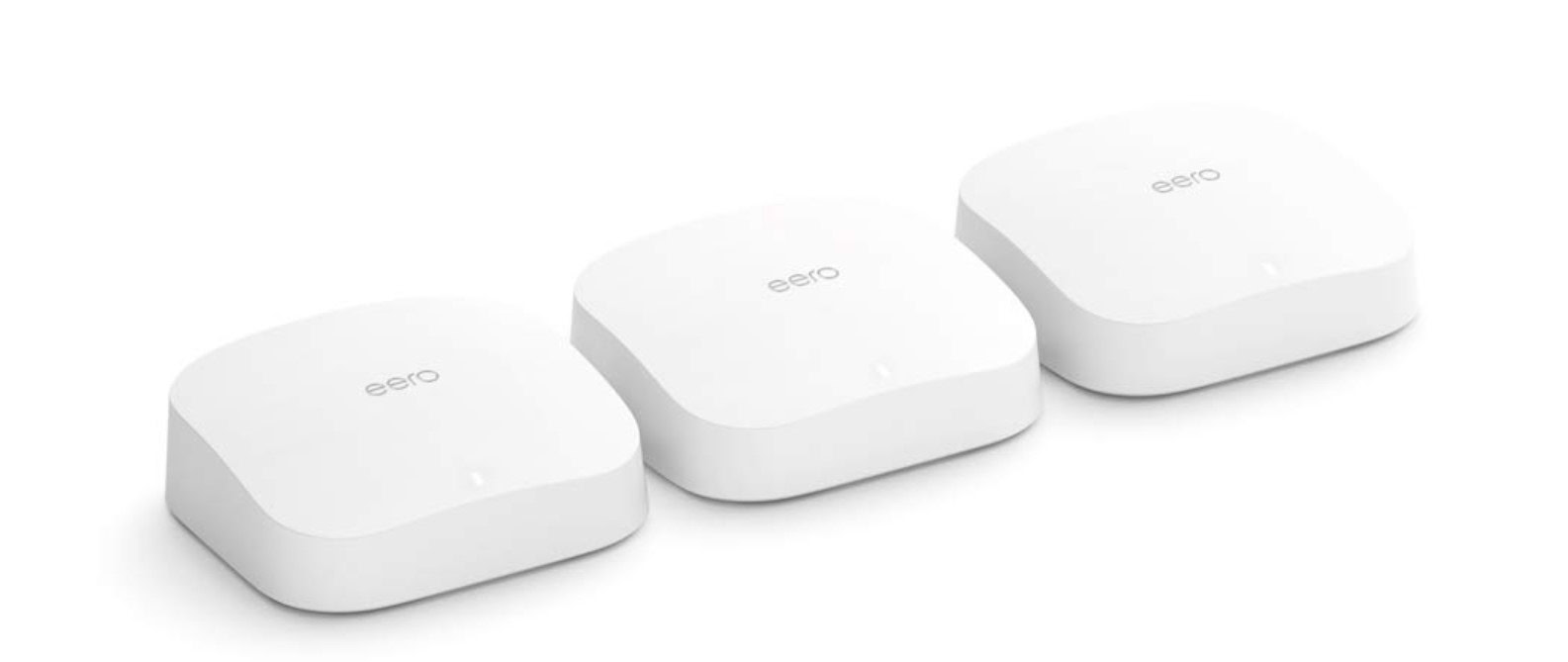
Amazon purchased the Eero brand a few years back, and it’s been pumping out reliable Wi-Fi options ever since. In fact, I’m writing this while connected to an Eero network. The Eero 6 Pro system is the company’s latest offering, and it comes in a handy three-pack.
It boasts an impressive coverage range of 6,000 square feet, which is more than enough for most people. The Eero 6 Pro mesh network also comes with a built-in Zigbee hub and connects to your other smart devices with Alexa. You can add as many as 75 devices to your network with the tri-band setup, and the Eero 6 Pro packs blistering Wi-Fi 6 connections.
TP-Link Deco X60 mesh Wi-Fi system
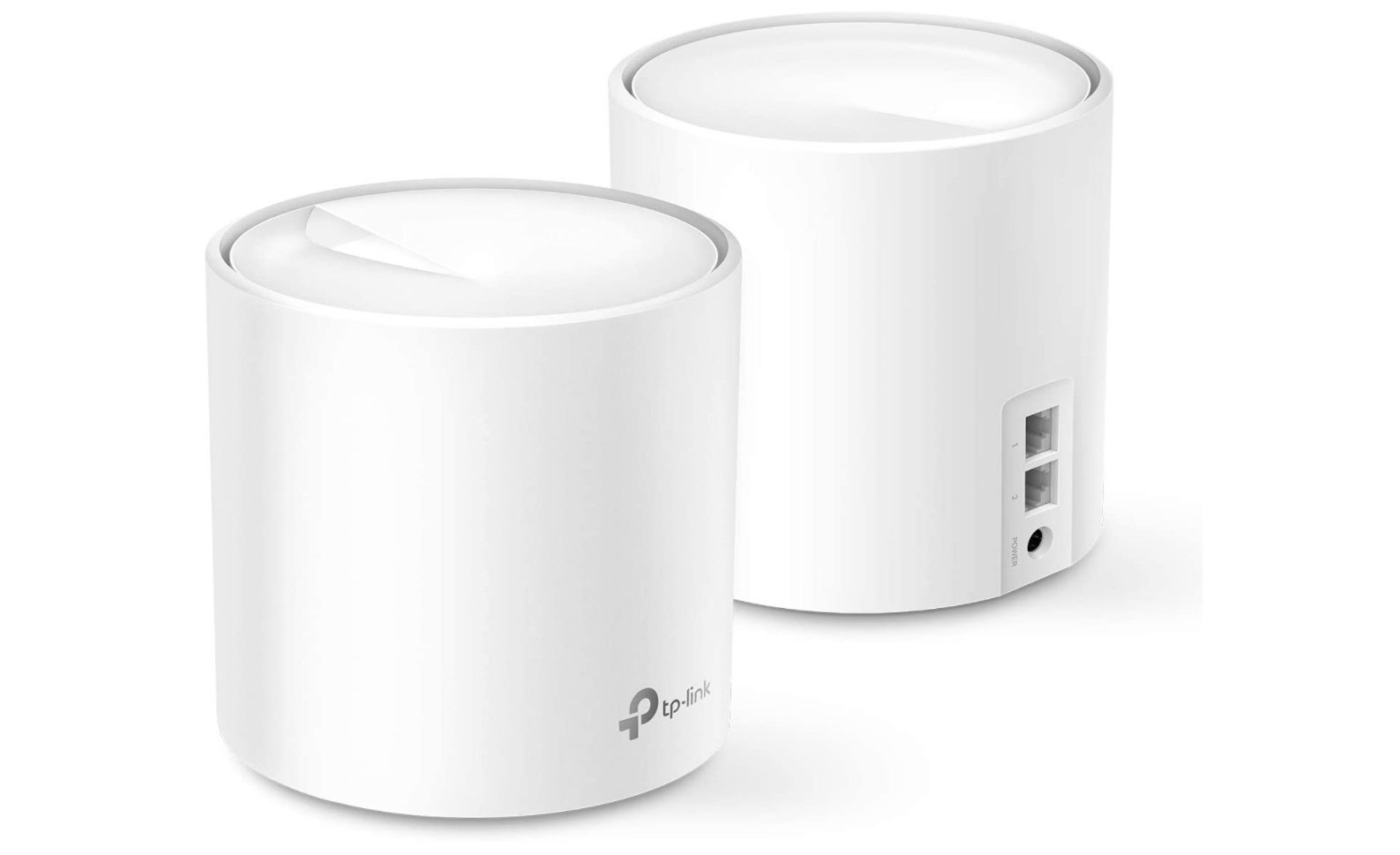
TP-Link is another top name in the mesh network game, and its Deco line is one of our favorites. You can choose from a few different models of various shapes and sizes to fit your home perfectly. The Deco X60 is slightly taller than some of its competitors, but it can reach up to 5,000 square feet.
See also: TP-Link Deco X60 AX3000 review
Although you might not be able to hide the Deco X60 as easily as some others, it does offer support for an incredible 110 devices. No matter how many smart home accessories you have, you can fit them all onto the same network. TP-Link’s setup is self-healing to keep you connected, and it’s one of the more affordable options on the market.
Google Nest Wi-Fi system
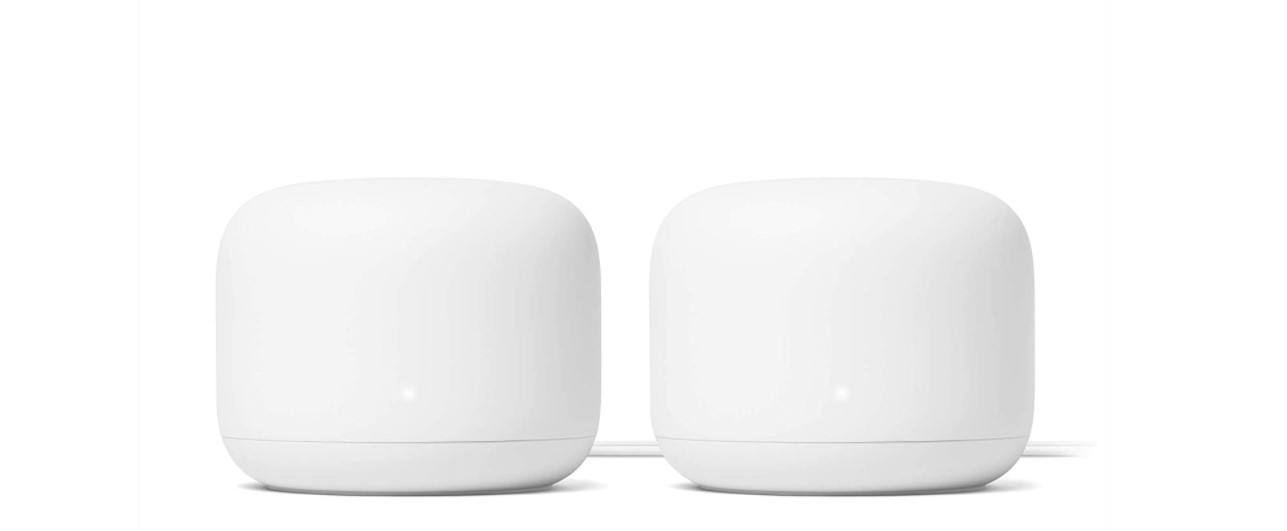
If you prefer Google’s Nest family of products, this is the only way to go for mesh Wi-Fi. Unfortunately, a two-pack only covers 4,400 square feet, but that should still suit most setups.
See also: Google Nest Wi-Fi review
On the bright side, Google boasts that its Nest Wi-Fi can handle as many as 200 devices at once, and it has one of the better companion apps on the market. You can add parental controls to your network as needed, and you can manage it all from the palm of your hand. Each Google Nest router packs a pair of ethernet ports, so a wired connection is always on the table.
Meshforce M3s mesh Wi-Fi system
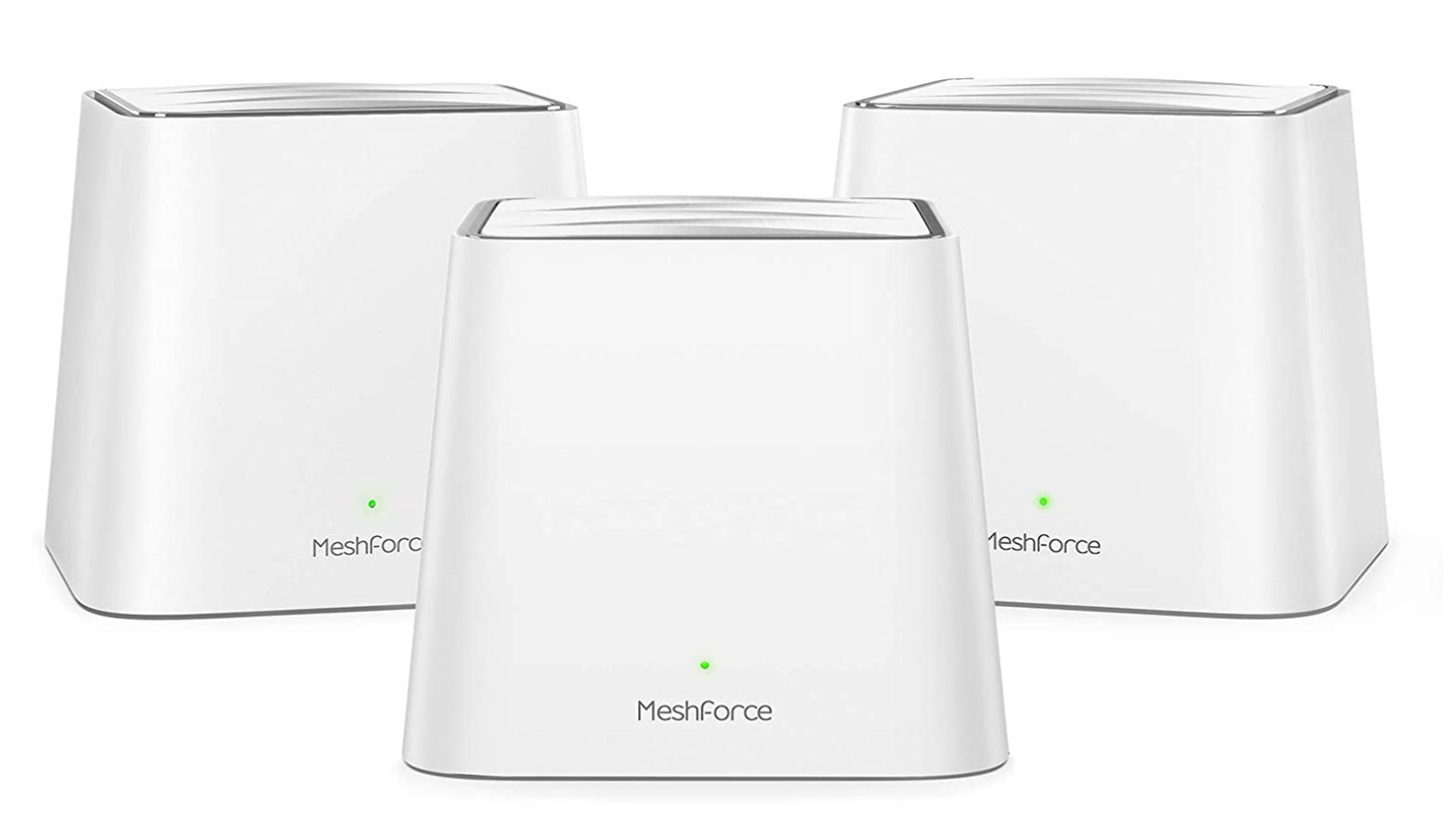
One more mesh network to consider, the Meshforce M3s, may not have the same name recognition as the others. However, it still packs a punch. The bundle says that it’s best for six bedrooms or up to 6,000 square feet, though it only supports 60 devices.
While you may not have as much device flexibility, most users probably don’t have that much to worry about. You can manage your connections right from your phone and establish guest networks whenever you have company over. Meshfroce’s M3s tops out at Gigabit speeds, and you can always tap into Ethernet options for extra speed.
There you go, everything you need to know about mesh networks. Hopefully, we’ve done our part to help you improve your home Wi-Fi. We’ll add new routers and information as technology continues to evolve, so check back often.
